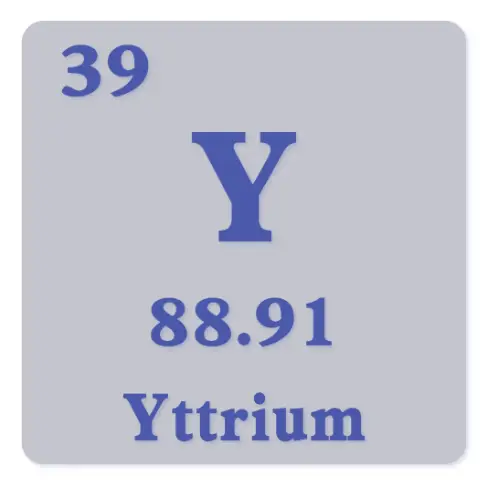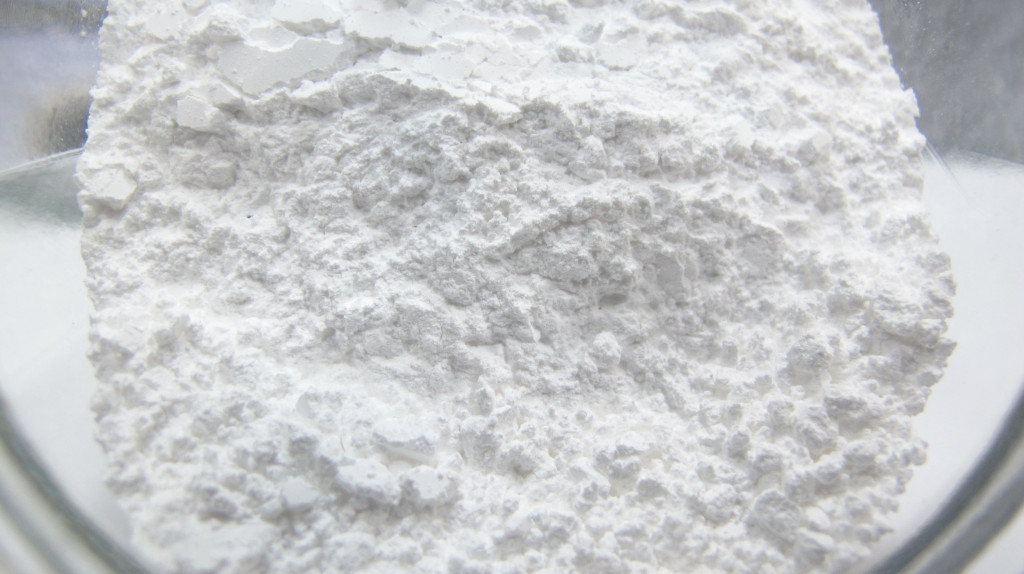Recently, the topic of superconductors has resurfaced in discussions, particularly with the idea that at low enough temperatures, certain materials exhibit zero electrical resistance—a phenomenon known as superconductivity.
Introduction
In 1986, scientists Muller and Bednorz at IBM’s laboratory in Switzerland discovered a series of ceramics that exhibited superconductivity at 35 K. The following year, scientists from the University of Alabama and the University of Houston revealed that yttrium barium copper oxide (YBa2Cu3O7), a compound with a critical temperature of 93 K, also demonstrated superconducting properties. This discovery was significant because it meant the material could conduct electricity without energy loss. The material, commonly referred to as YBCO, is a high-temperature superconductor and belongs to the class of second-generation superconductors.
Yttrium (Y), a rare earth element found in this superconductor, is scarce in Earth’s crust. Most yttrium is extracted from monazite sand. However, during the Apollo missions, astronauts brought back moon rocks containing unexpectedly high amounts of yttrium. This discovery was surprising.
Interestingly, yttrium’s name originates from the small village of Ytterby in Sweden, where in 1789, Gadolin first identified the element. Several other elements are also named after this village. Yttrium is used in solid-state lasers, such as yttrium aluminum garnet (YAG), which amplifies light energy. The narrow wavelength of radiation it produces makes it highly efficient, and its high output power is particularly useful in metal cutting and drilling processes.
Yttrium (Y)
Atomic Number: 39
Atomic Mass: 88.905838 u
Electron Configuration: [Kr] 4d1 5s2
- Yttrium’s electron configuration is similar to that of scandium (Sc), titanium (Ti), and zirconium (Zr), and it is classified as a transition metal in the fifth period.
Physical Properties
Appearance: Yttrium is a silver-white metal with a grayish hue.
Density: 4.472 g/cm³ (at room temperature)
Melting Point: 1523 °C
Boiling Point: 3337 °C
Hardness: 3.0 – 3.5 (Mohs scale)
Magnetism: Yttrium is diamagnetic at room temperature, meaning it has no magnetic properties.
Chemical Properties
- Yttrium is a reactive metal that forms various compounds with oxygen, sulfur, and nitrogen.
- In air, it rapidly oxidizes, forming a protective layer of yttrium oxide (Y₂O₃).
Applications of Yttrium
Because reaching extremely low temperatures is impractical, scientists are continuously searching for materials that can exhibit superconductivity at room temperature. Discovering materials with higher critical temperatures would make it easier to achieve superconducting states and enable practical industrial applications.
- Yttrium’s main applications include its use in alloys, particularly in high-strength alloys used in aerospace and automotive engine components.
- Yttrium is also used to manufacture specialized glasses and ceramics, such as YAG (yttrium aluminum garnet) laser crystals.
- In LED lighting and display technologies, yttrium compounds serve as phosphors, emitting various colors of light.
- In the medical field, yttrium is used in imaging applications, such as MRI contrast agents.


